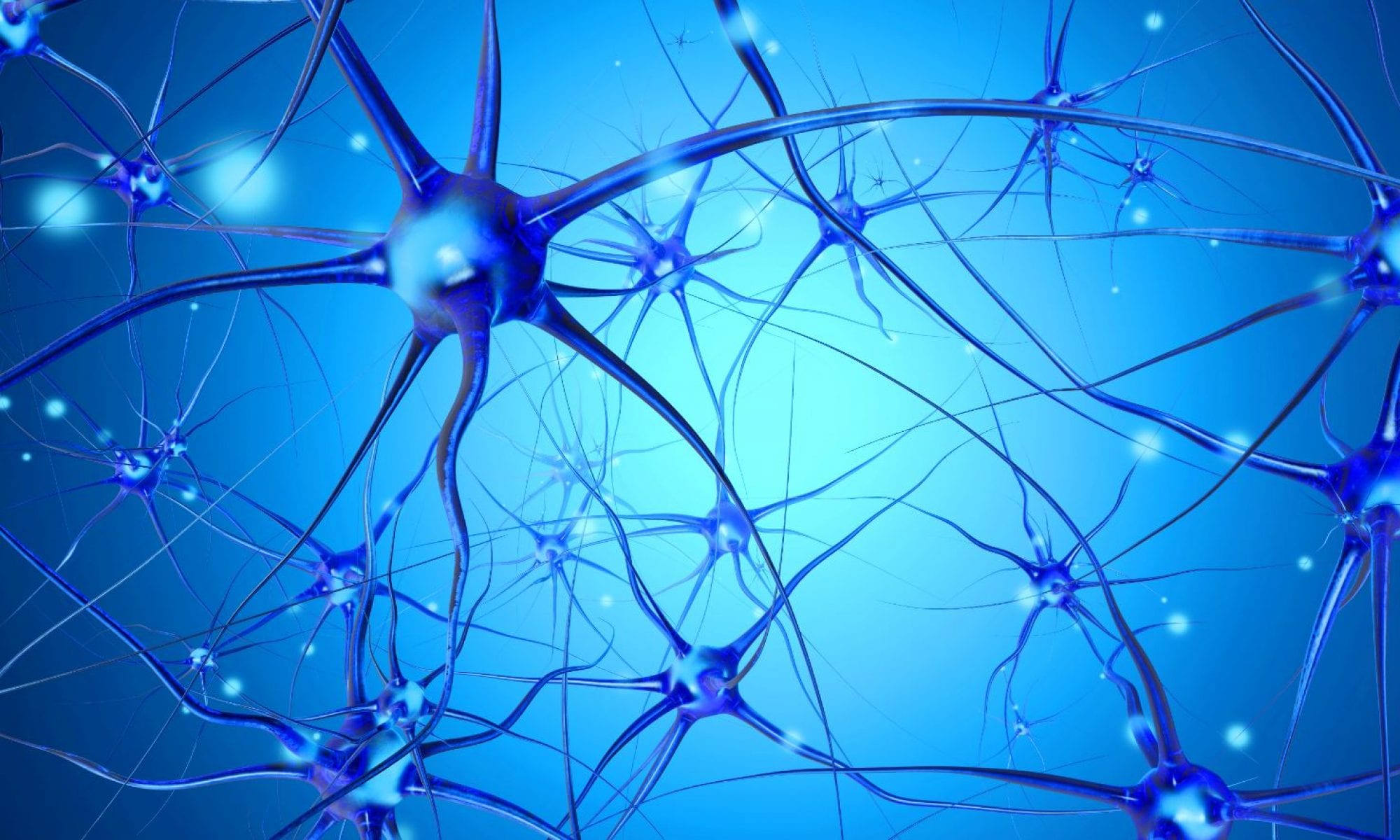Creutzfeldt-Jakob disease (CJD) that had been often called ‘mad cow disease’ in the popular press is a degenerative human brain disease that is terminal. It features a number of commonalities of Alzheimer’s disease mainly because it commences with an accelerated development of memory difficulties; behavioral changes such as paranoia, obsessive-compulsive signs and psychosis; inadequate balance and falls along with vision disorders. At a later time the symptoms progress to dementia and automatic jerky movements. CJD is a great deal more faster in its advancement when compared to Alzheimer’s disease and they quickly end up in a coma with close to 70% of individuals having Creutzfeldt-Jakob disease dying inside of a year of the being diagnosed. The disease was called after the German neurologists Hans Gerhard Creutzfeldt and Alfons Jakob in 1920. The cause of Creutzfeldt-Jakob disease is an infectious type of abnormal proteins that are referred to as prions. Most instances of CJD come about for unidentified reasons with almost 10% are passed down from the individuals mother and father in the autosomal dominant manner. You will find 3 sorts of Creutzfeldt-Jakob disease, sporadic, familial and also acquired. Coming in contact with human brain as well as spinal tissue coming from an infected person may also result in its spread. There is absolutely no data that CJD can spread among individuals via normal connection with an infected individual. Creutzfeldt-Jakob disease has an affect on about 1 individual per million people per year and the onset is frequently close to 60 years of age.
Continue reading “Creutzfeldt-Jakob disease”‘Rejuvenating’ the Alzheimer’s brain
Press release:
Alzheimer’s disease is the main cause of dementia and current therapeutic strategies cannot prevent, slow down or cure the pathology. The disease is characterized by memory loss, caused by the degeneration and death of neuronal cells in several regions of the brain, including the hippocampus, which is where memories are initially formed. Researchers from the Netherlands Institute for Neuroscience (NIN) have identified a small molecule that can be used to rejuvenate the brain and counteract the memory loss.
Continue reading “‘Rejuvenating’ the Alzheimer’s brain”